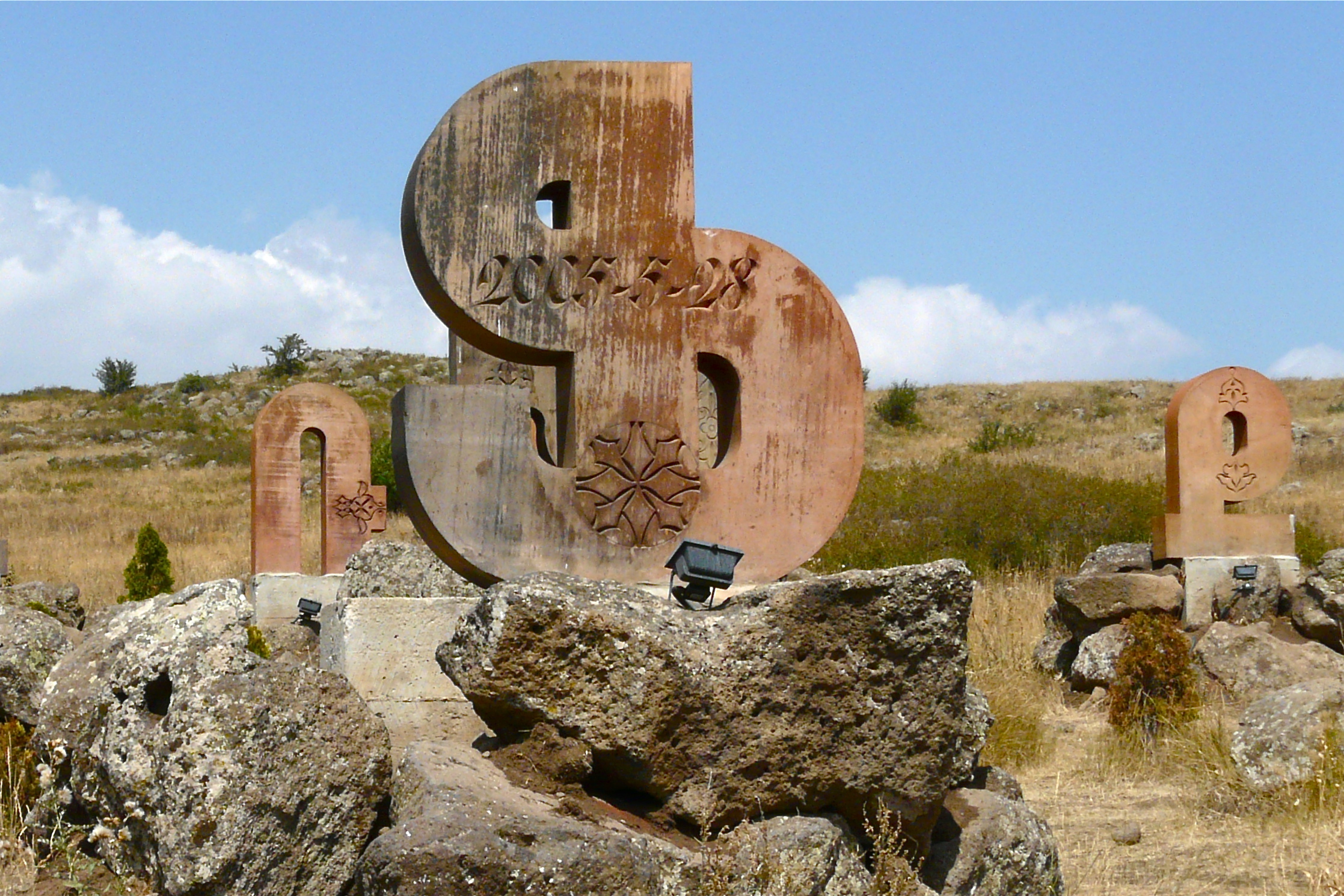Are the Nordic languages mutually understandable?
There is a common understanding outside the Nordic countries that Nordic people can all understand one another’s languages, or at least the Scandinavians (the Danes, Swedes and Norwegians) can. However, this impression of linguistic unity is not wholly accurate.
Is there a ‘Scandinavian’ language?
People from outside the Nordics might be tempted to believe communication between Nordic speakers is effortless, and that their languages are mutually understandable. From a practical point of view, ‘Scandinavian’ was – and still is – used when many Danish, Norwegian and Swedish people communicate with one another. They primarily speak their own language, perhaps replacing some words, phrases, or pronouncing things slightly differently, depending on who they are talking to. In fact, in a paper … ↪




